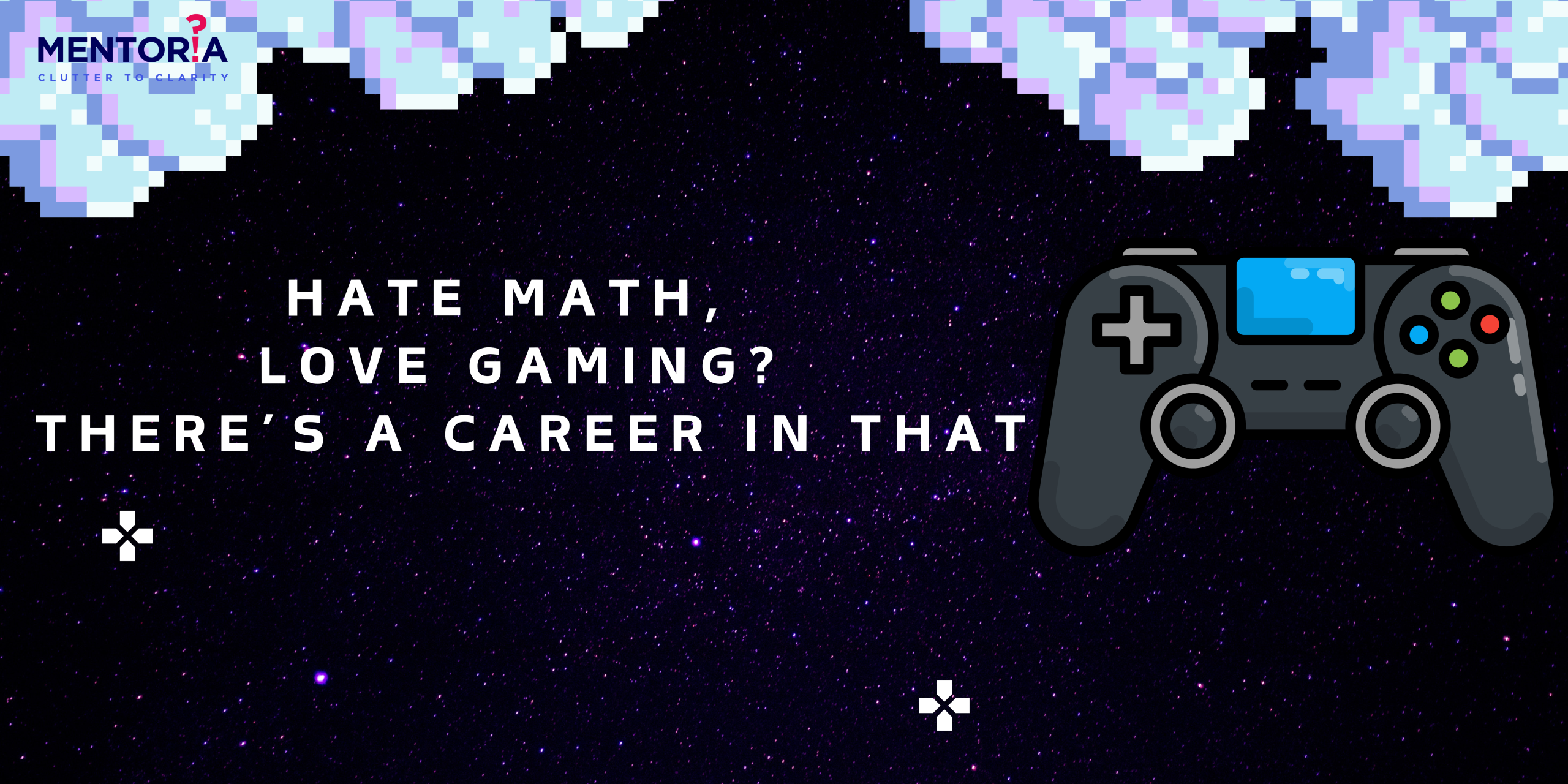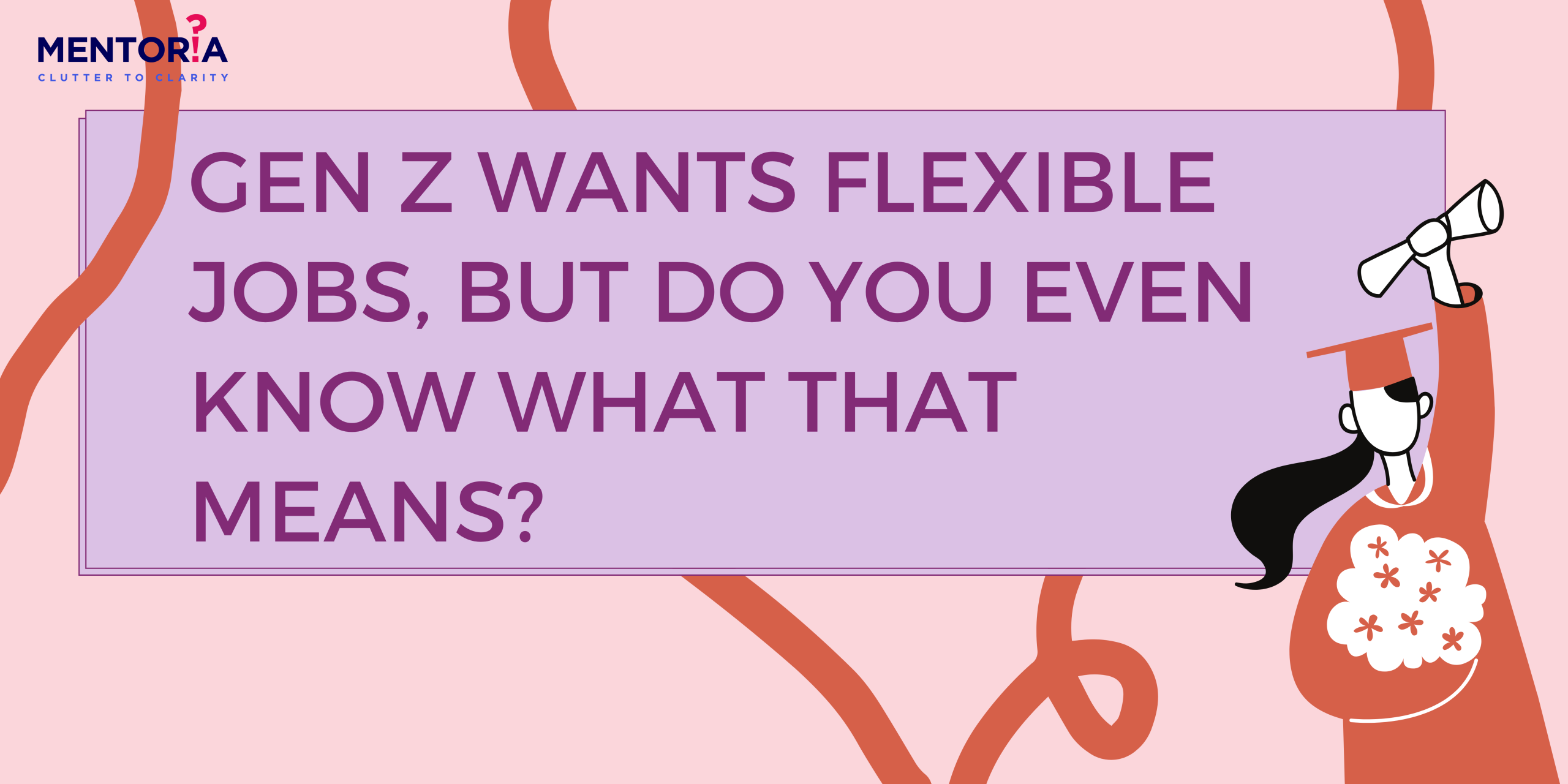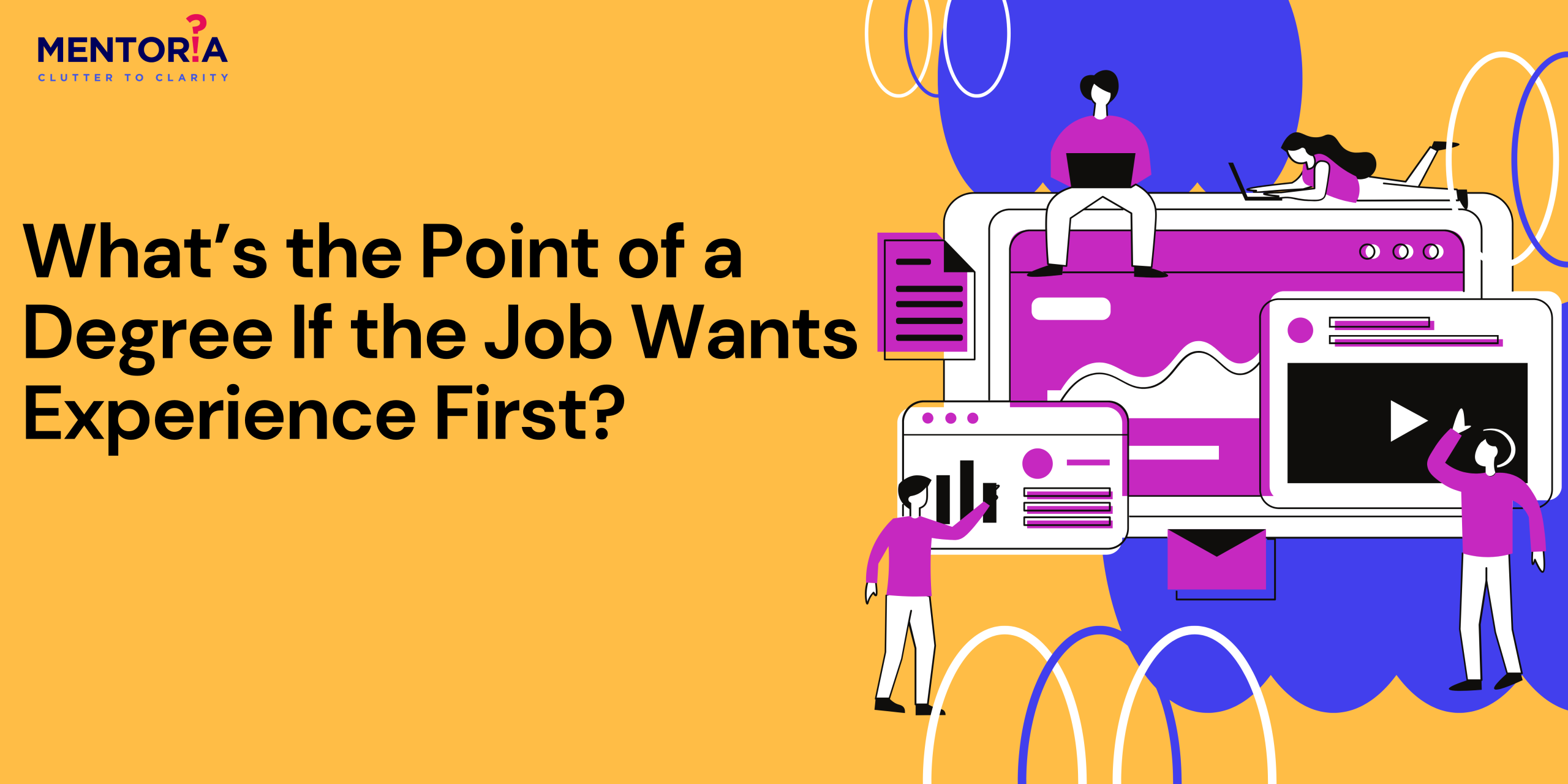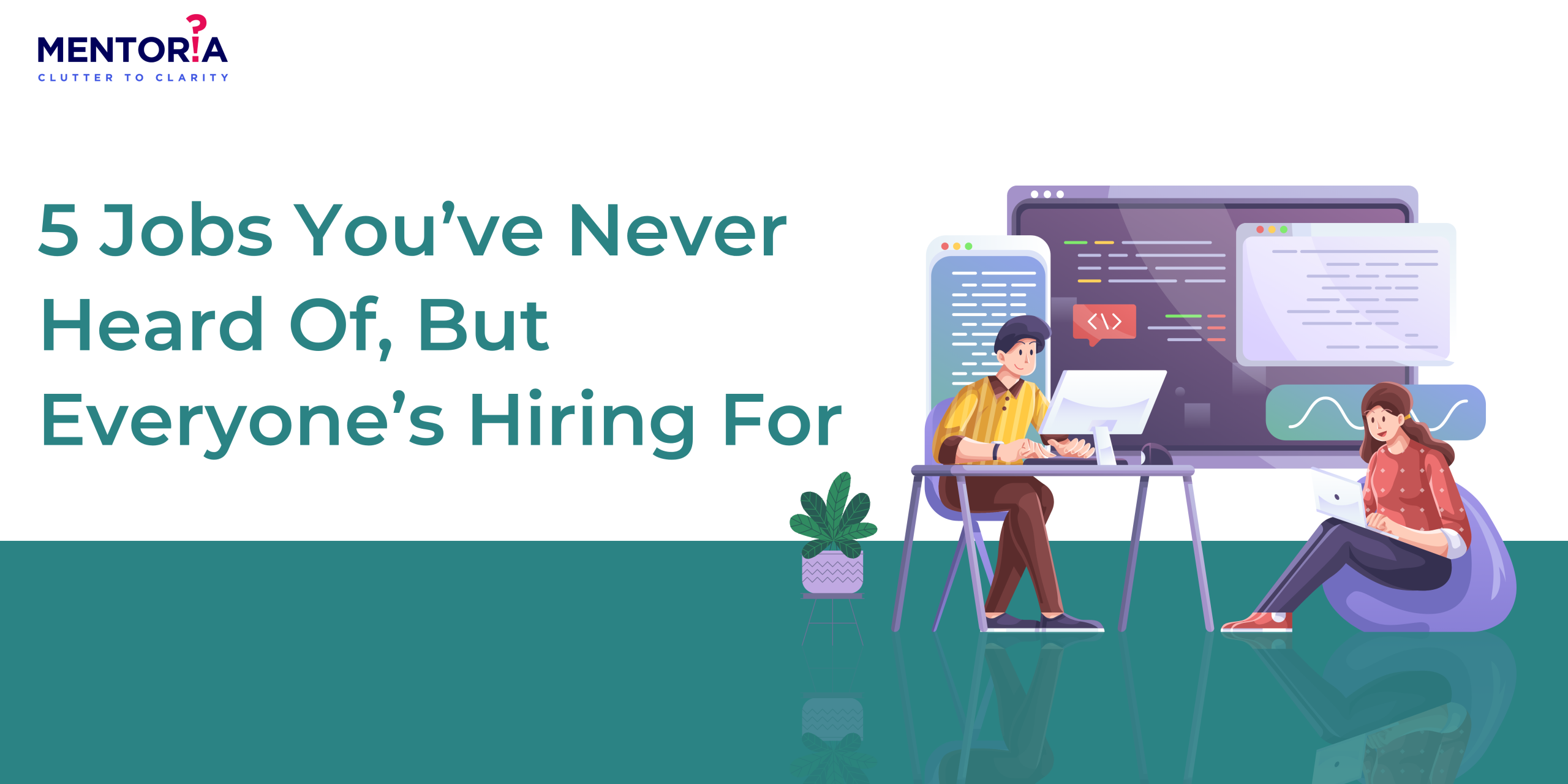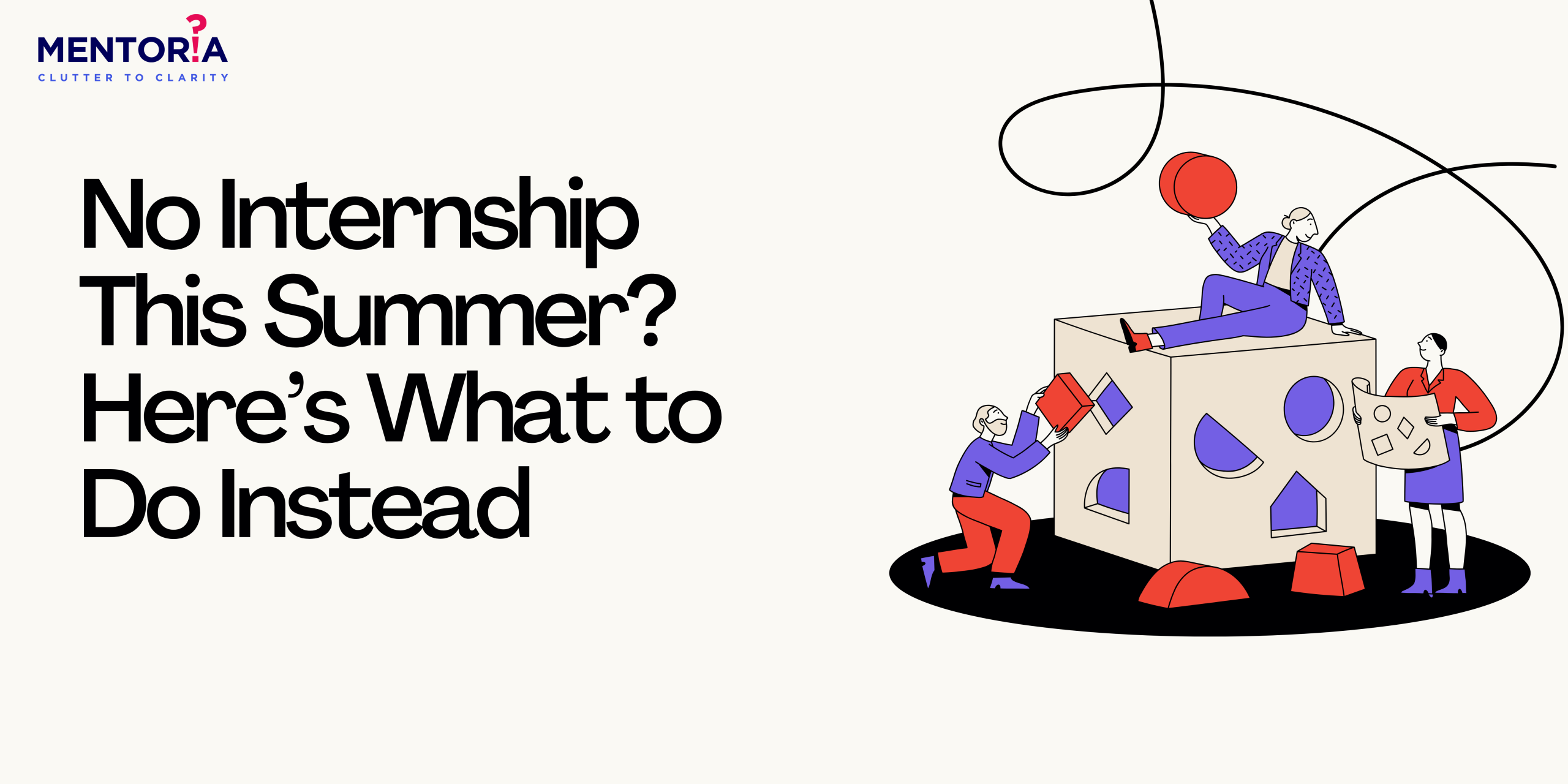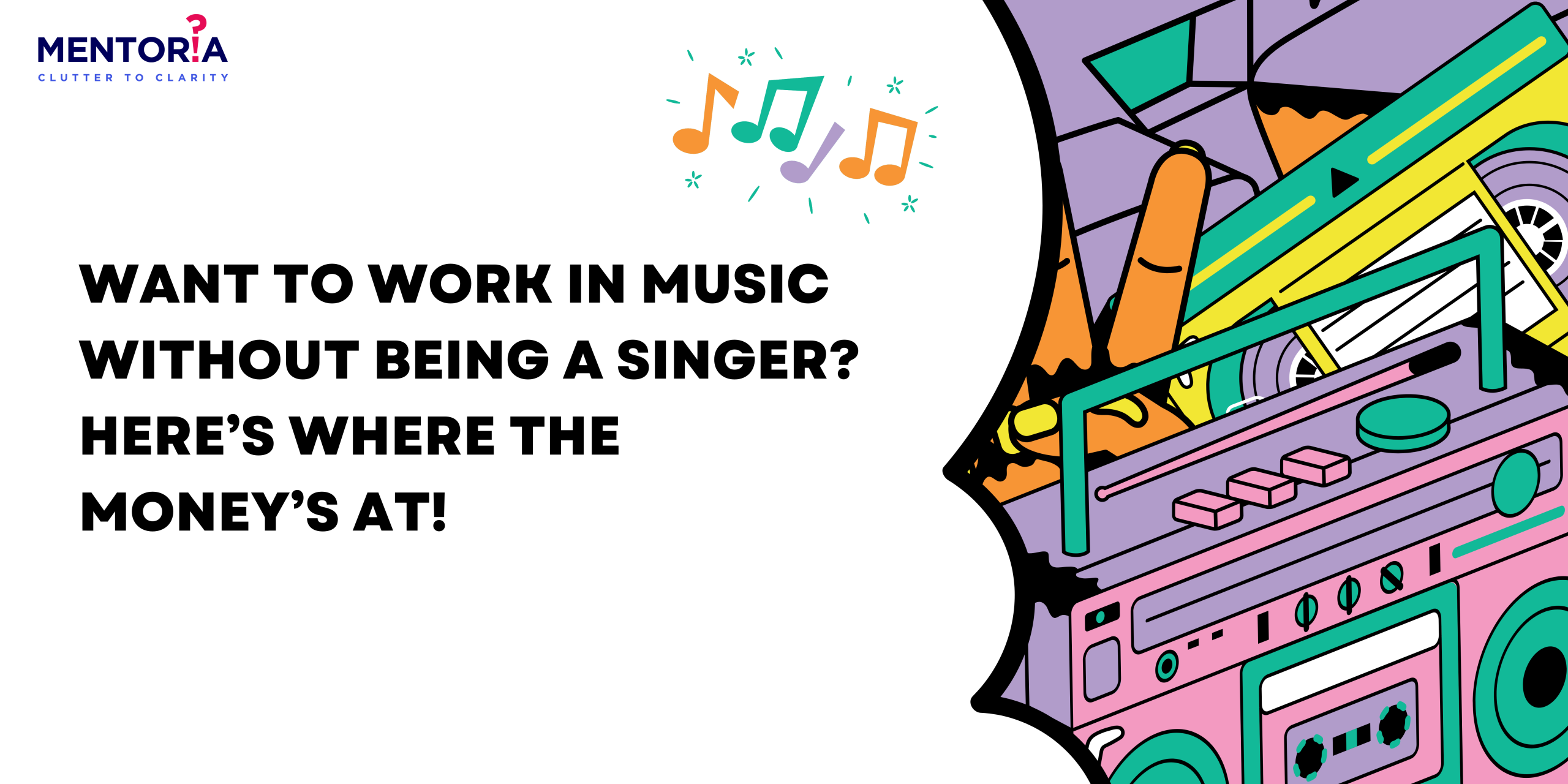STEAM vs STEM? Why Arts Makes a Difference
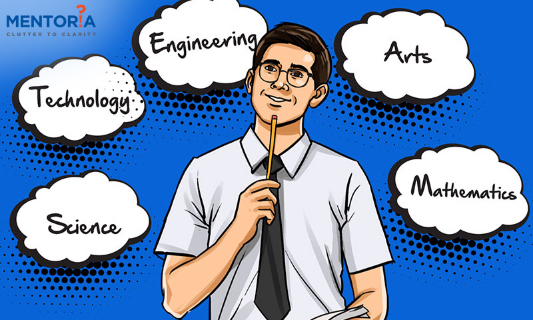
The world is moving closer and closer towards being completely dominated by technology. To stay up with the changing world, schools are incorporating technology and science into practically every aspect of their curriculum. They are doing this by incorporating STEM-based learning from an early age to assist kids become future-ready.
While it is vital for more schools to adjust their lessons to the changing dynamics around us, it is even more critical for you, as educators, to critically examine these changes – particularly how these changes (AI) influence us.
It is proven that the algorithms fed into these machines tend to discriminate between employees on the basis of race and are also biased against female candidates. Now, we all know that machines can only think so far as they are programmed to. This means that these biases are a result of a certain level of ignorance on the programmer’s part. So, how do you, as educators, ensure that your students have a more holistic education so as to avoid issues like these? How can you ensure that, while teaching your students to keep up with technology’s rising influence, they simultaneously learn to be more aware of these changes? The answer is easy; all it takes is one little scarlet letter: STE’A’M. (Science, Technology, Engineering, Arts, and Mathematics).
What is STEAM?
STEAM is a method of learning that uses Science, Technology, Engineering, Arts and Mathematics in an attempt to pique children’s curiosity and foster a lifetime love for the arts and sciences from an early age. This method of instruction aids students in developing the soft and hard skills required for success in college and in their careers.
STEM Vs STEAM
The difference between STEAM and STEM is how they approach scientific concepts. STEM focuses explicitly on the hard scientific, technological, engineering or mathematical skills to drive advancement or build a new concept. While students in STEAM programmes use both hard and soft skills to address challenges.
Simply said, the primary distinction between STEM and STEAM is that STEM clearly emphasises scientific concepts. STEAM, on the other hand, studies the same themes but through inquiry and problem-based learning approaches employed in the creative process, such as humanities, language arts, dance, theatre, music, visual arts, design, and new media.
Why Students Need to be Introduced to Arts
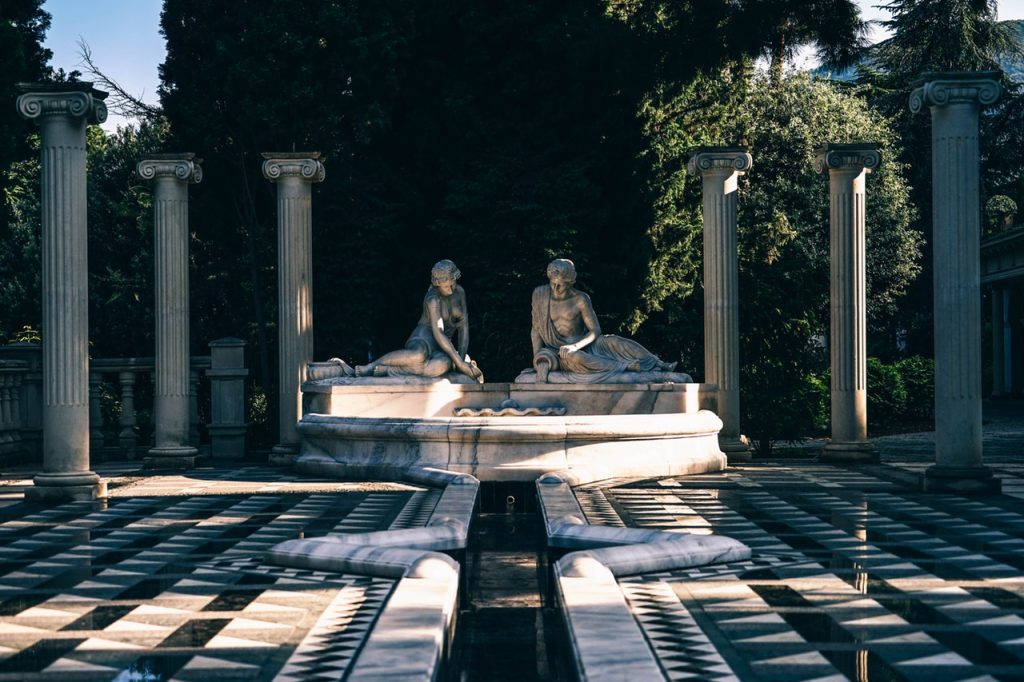
As you continue to introduce your students to new technological and scientific advances, make sure you devote equal time to teaching them about the humanities. Many people may argue that humanities have no place in a world moving towards automation, but that is not true. Humanities challenge your assumptions and ideas and motivate you to seek solutions, complementing a scientific desire to “know more.” Educators all across the world are working hard to convey this message.
Take the case of John Horgan, Director of the Center for Science Writings at the Stevens Institute of Technology. He is gently nudging students of technology to pay attention to humanities. Why? Horgan believes that humanities offer the necessary scepticism that science tends to lack- it teaches us not to accept anything at face value, but to dig deeper. “Science has told us a lot about ourselves, and we learn more every day. But humanities reminds us that we have an enormous capacity to mislead ourselves,” says Horgan.
Are you interested in a career in Arts? Make informed decisions with the Mentoria holistic assessment test to & personalized step-by-step guidance for your future path.
How can Arts Make Us Better Human Beings?
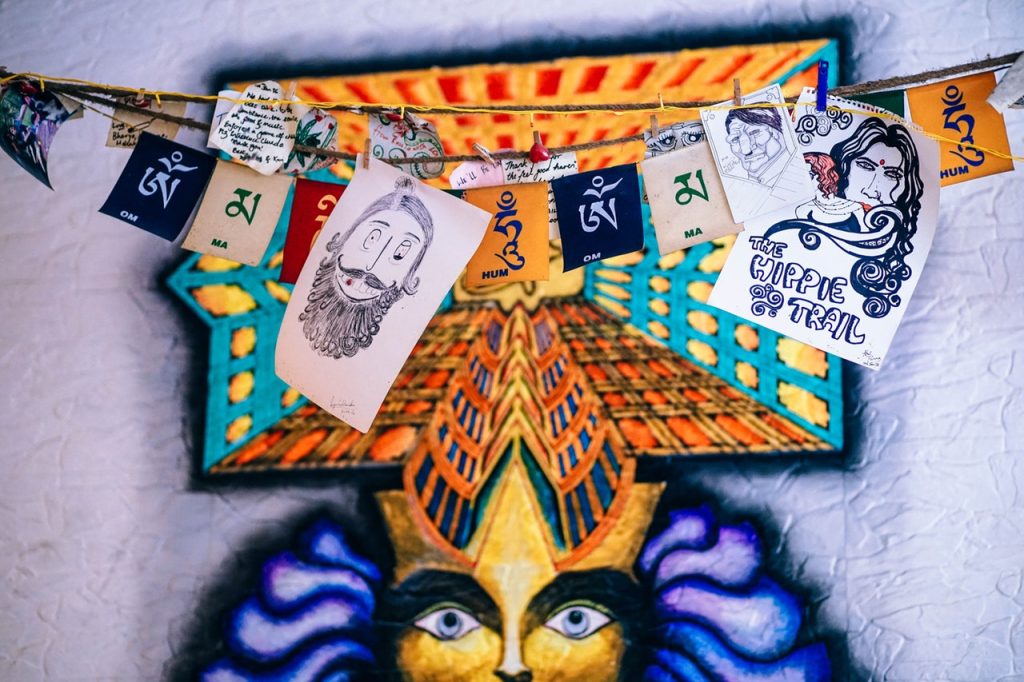
We are gradually being drawn into virtual worlds where we rarely interact with others and are blissfully oblivious of what is going on around us. This has led to a growing sense of apathy in our approach to life. But, Arts can change that. Films, plays, and books become the necessary mirrors to society that we need to help us feel and jolt us back to reality. The subjects we learn through arts – like philosophy – help us to question and ponder upon our purpose and push us towards being more aware of the world that we live in.
Closer to home, the Rensselaer community attempted to bring science and humanities on the same platform through a concert. A highlight of the show was an open conversation and performance by Ashwini Bhide-Deshpande, an award-winning vocalist and a scientist. The evening strove to inspire students to think, discover, design, and create in new ways.
This is why we need thoughts inclined toward the arts so that we may focus on the things that really matter. ‘Before I Die…,’ an eight-feet-high and 24-feet-wide board in Mississippi, is encouraging individuals to write about their ambitions as part of an art project. Janet Scott, executive director of the Greater Jackson Arts Council, is the project’s driving force, believing that arts should be a necessity, not a nicety, because “arts can cross barriers, it can cross races, it can cross religions.”
Confused with what to opt between STEM or STEAM? Mentoria counselors help you find the right career fit with over 12000 career opportunities. Speak with one of our career counsellors to identify the ideal career for you and receive step-by-step guidance on your next move.
How will Arts Affect Your Future?
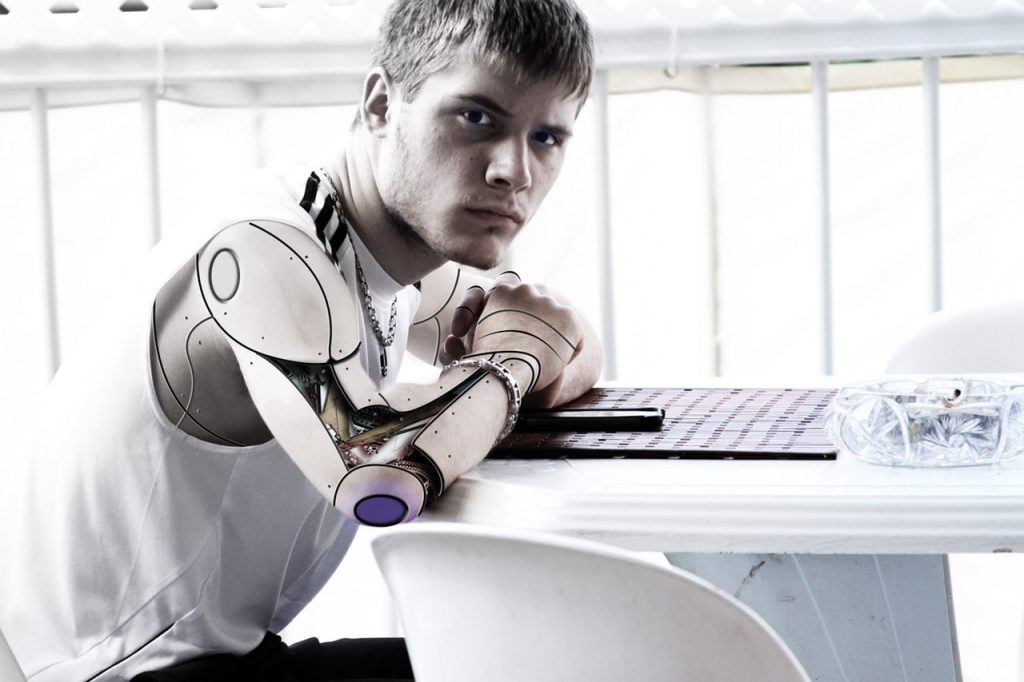
As the presence of AI grows stronger, honing thinking skills in children is becoming a necessity. Especially because most companies are now shedding manual labour and only looking to recruit those who can add value in terms of innovation and bring in a more human aspect to their jobs. This is why it is extremely important for students to be introduced to arts at a young age so they can develop skills like creativity and critical thinking – which are the need of the hour.
In fact, the central board for education has begun to realise the importance of arts, and is now making an effort to strike the right balance between humanities and science. These efforts can be seen in the 2019-20 syllabus for CBSE students where equal importance has been given to Arts and Science.
As educators, it’s time to pause and ponder upon how you’re leading young minds, and how that understated ‘A’ can help make much better and well-rounded individuals. As you go ahead on this path to ensure a right balance, you can learn from the likes of Leonardo Da Vinci – The Renaissance Man – who combined arts with science and technology to bring beauty to our world.`
Sign Up for Mentoria - India’s Most Reliable Career Discovery Platform. Mentoria commits to be there for you throughout your career search, from the moment you sign up to the moment you find a career that you enjoy the most.

